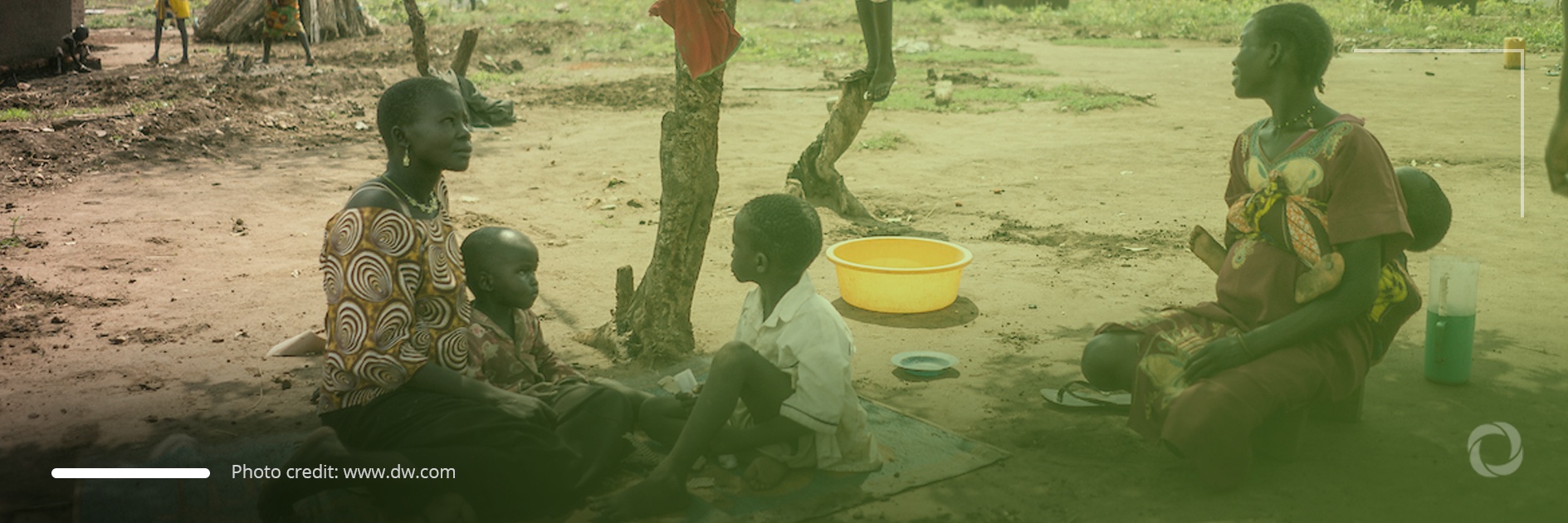The COVID-19 pandemic has brutally revealed the weaknesses in the fragile systems that societies have built over the years. Decades of progress in the fight against poverty seem to have been eradicated due to a crisis of monumental proportions. Around 97 million people have been pushed into poverty according to the World Bank estimations. The latest updates show that the number of people living under the international poverty line will increase by between 143 and 163 million in 2021. This is the first rise in extreme poverty in a generation.
The pandemic has increased the number of people living on the verge of starvation as well as stimulating food insecurity and a widespread lack of social protection, unemployment, and income inequality.
Poverty rates skyrocket
Current estimates show that 1.3 billion people have already experienced persistent poverty and their situation has only become worse since the pandemic outbreak. Around half of the new poor are recorded in South Asia and more than a third in sub-Saharan Africa.
Fig.1. The countries with the highest poverty rates in the world
Source: World Bank
Poverty rates had been seen to be increasing even before the pandemic with two billion people suffering from food insecurity and hunger. However, the poorest and most vulnerable have unavoidably fallen victims to a crisis of such magnitude. The global pandemic has exacerbated world hunger forcing an additional 70 – 161 million people to experience starvation and causing worsening child malnutrition rates leading to around 150 million children under five being stunted in 2020.
Inequality deepens
With regard to structural inequalities, OXFAM, a global movement fighting inequality to end poverty and injustice, has emphasized that the ongoing crisis has the ability to accelerate inequality in a way never previously seen. Despite joint efforts to identify a coherent and comprehensive response to the pandemic’s regrettable repercussions, the recovery of the world’s poorest could take more than a decade.

Unemployment goes up
Neither the estimates regarding the labour landscape are encouraging. Global unemployment is expected to achieve around 205 million people in 2022 according to the latest trends announced by the International Labour Organization. A similar rate was last noticed in 2013. The world’s two billion informal workers have been particularly threatened by the catastrophic consequences for their livelihoods.
The pandemic and its devastating consequences reaching the poorest is mirroring the interdependency among the various dimensions to be considered when it comes to provide structural transformations and develop common solutions guided by the Sustainable Development Goals. Such a multidimensional phenomenon as poverty requires a unified vision of tangible actions from all the society’s sectors and levels.

